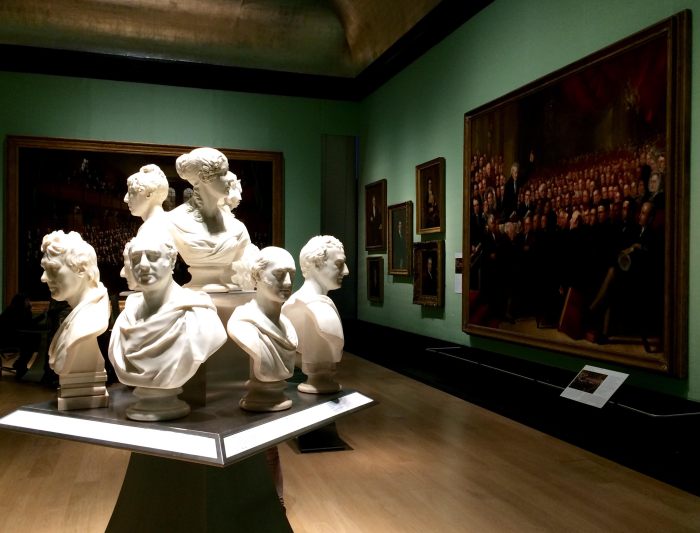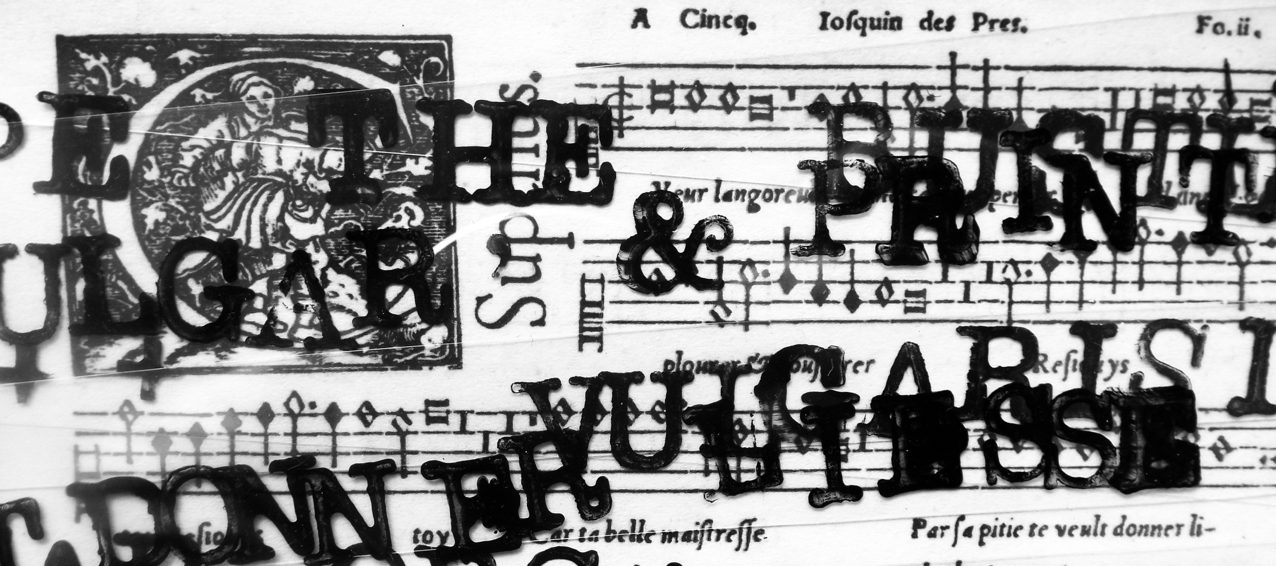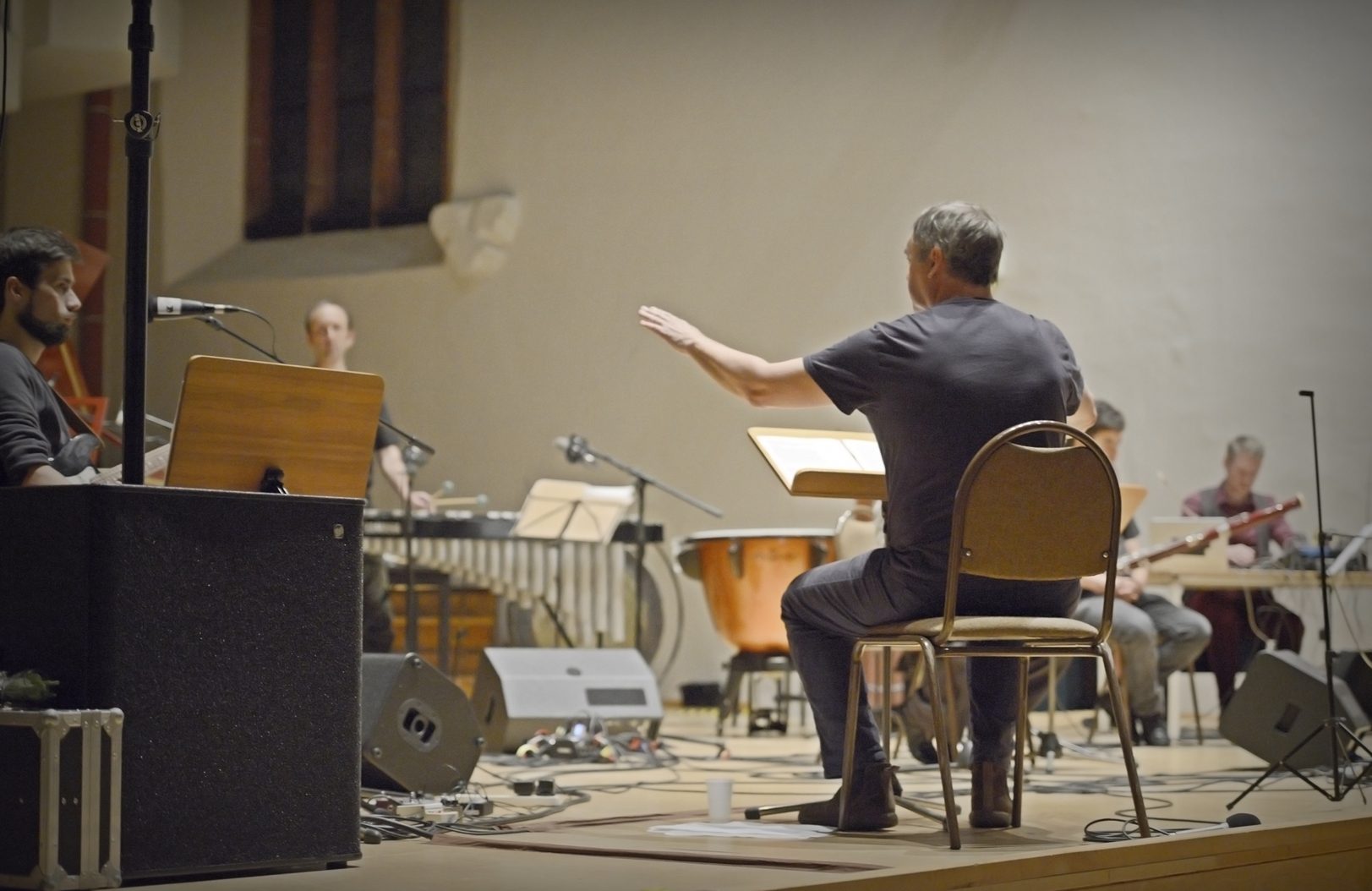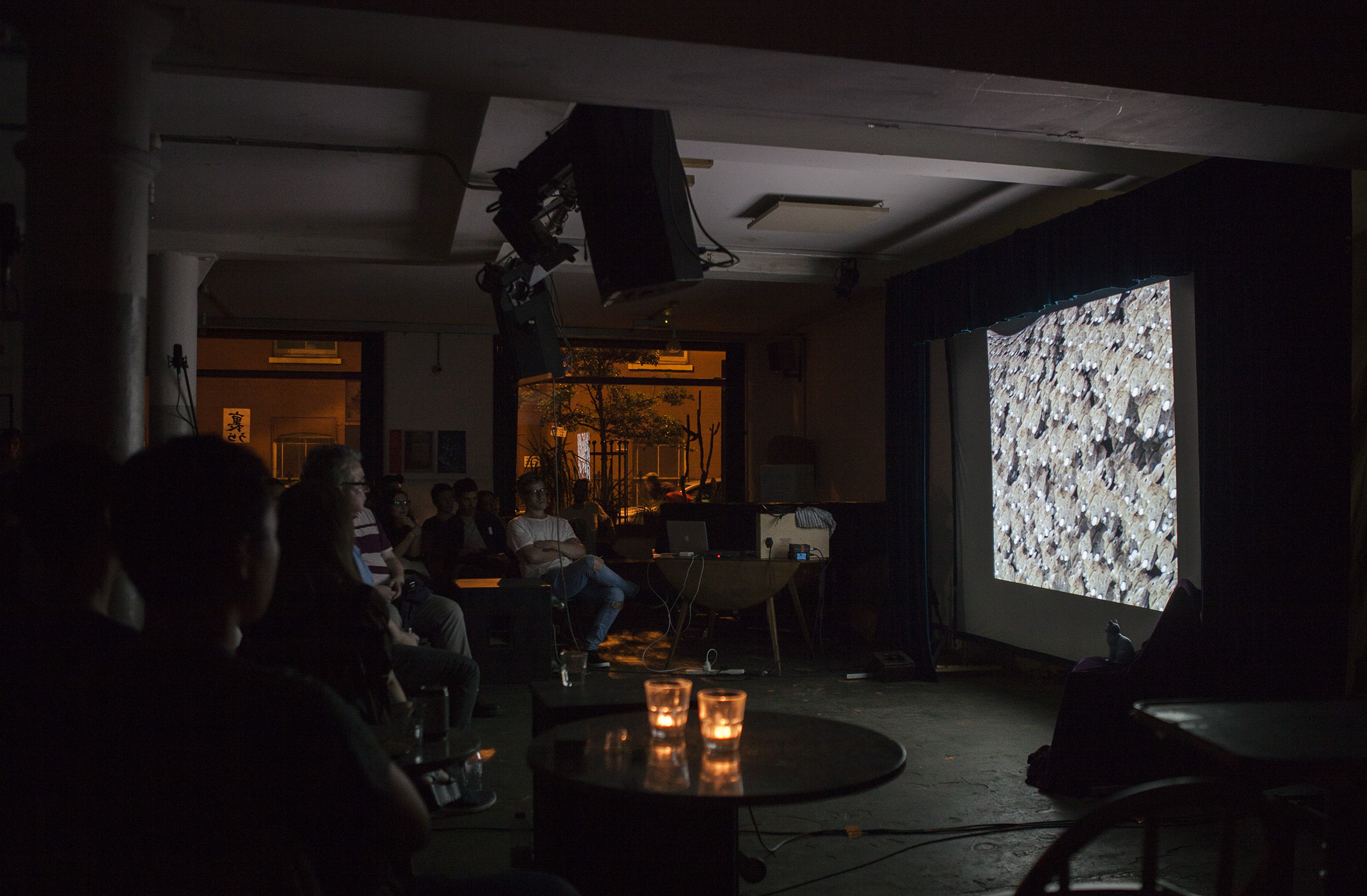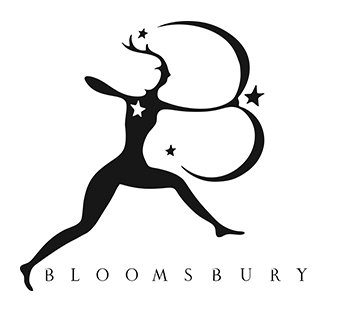Organised across these two days will be 3 sessions of debate and discussion triggered by and focussed around 15 minutes presentations by the key and core network membership, who will describe, workshop, present, evidence, illustrate, etc. how they listen, what they hear, and how they deal with sonic material/ information in their work and research, and how they evaluate, use and apply their sonic findings, and how they engage these listening/recording methodologies in teaching, communication or for the consultation with clients, patients, students, industry, etc.
Like the first two network events this meeting too aims to facilitate knowledge sharing and promises to provoke novel interactions, enabling the key and core participants, as well as a participatory audience, not only to break down barriers between disciplines, but also to set the terms for doing so between universities, research, pedagogy, industry and the public. The meeting invites exchange and debate to enable a ‘shared enquiry’ that produces shared and shareable outcomes.
The particular emphasis on Language, Culture and Artefacts produces a cross disciplinary listening with the aim to understand technology, music, museology and curation through a sonic sensibility: augmenting and adding to the visual conventions and interpretations that dominate the field; and to debate data and the sonority of speech and language to explore how new knowledge might be created, applied and communicated through sound.
The roundtable consists of network members, core members, as well as a specially invited participating audience involving international experts, doctoral students, post-doctoral researchers, UAL and SoU staff as well as members of the general public.
The aim is to engage the group in the differing methods, channels, tools, and objectives of listening practices across the differing academic or professional fields, in order to discuss and query processes, technologies, tools, and aims. The presentation and discussions of such a variety of academic, artistic and professional contexts and objectives of listening will provide a platform for comparison, exchange, re-evaluation and inspiration, and initiate a debate on the legitimacy of the heard and the impact of sound studies on cultural production, its evaluation and use as well as its dissemination, producing an aesethetic, literary and cultural knowledge through the sensibility and awareness to sound.
The first two meetings brought a focus on language, and emphasised the need for a shared terminology and discourse, and it foregrounded the question of consensus or ambiguity. In this second meeting we will continue to pursue these questions and persist with the effort of building a glossary of terms and a resource of key texts and materials that might serve this endeavour.
Among the other questions brought forward from the first two events are:
- What sound is to different professions / tasks / disciplines?
- How different disciplines listen / record sound?
- What different professions, academic researchers, etc. hear?
- How the listened to is evaluated, communicated and applied?
- How listening can be taught, shared?
But we imagine many more questions will arise during the network days.






